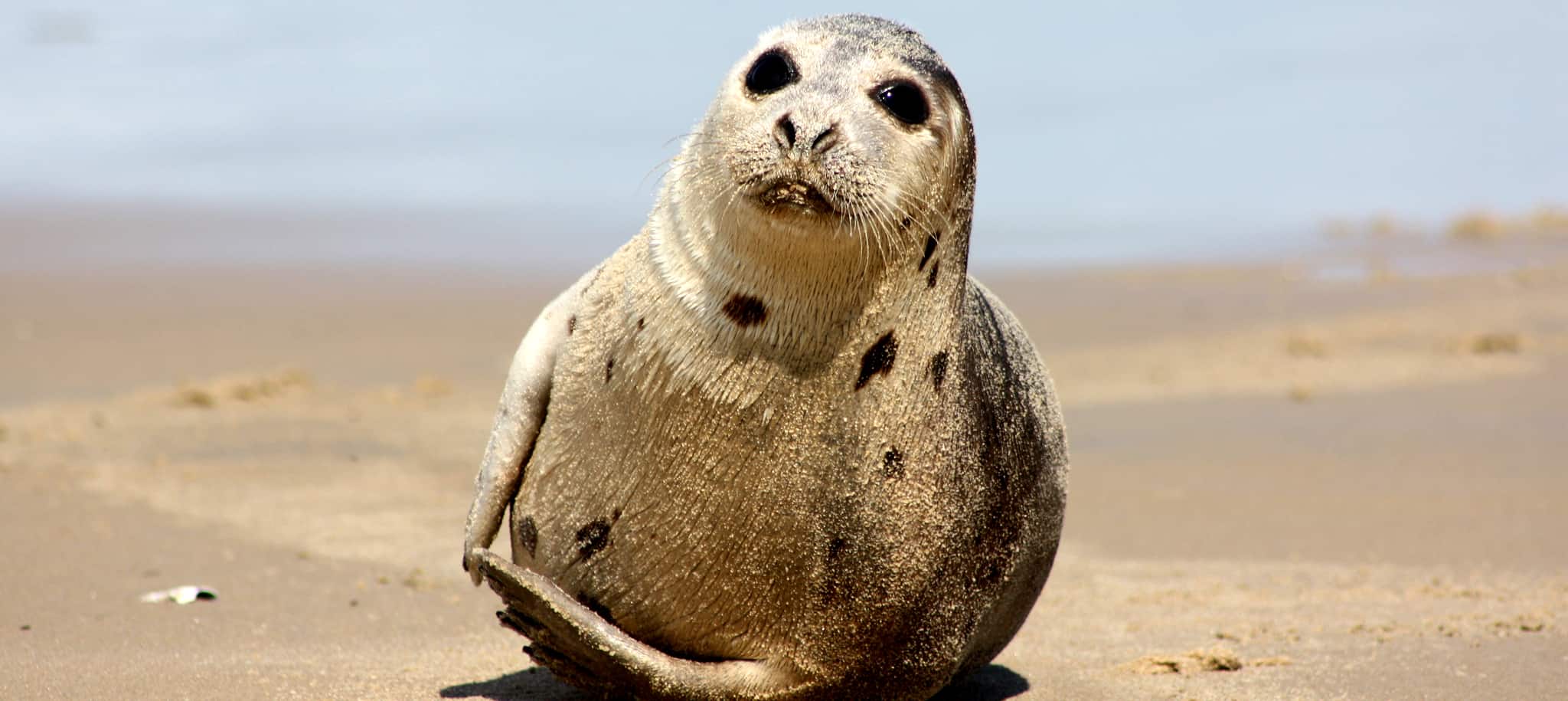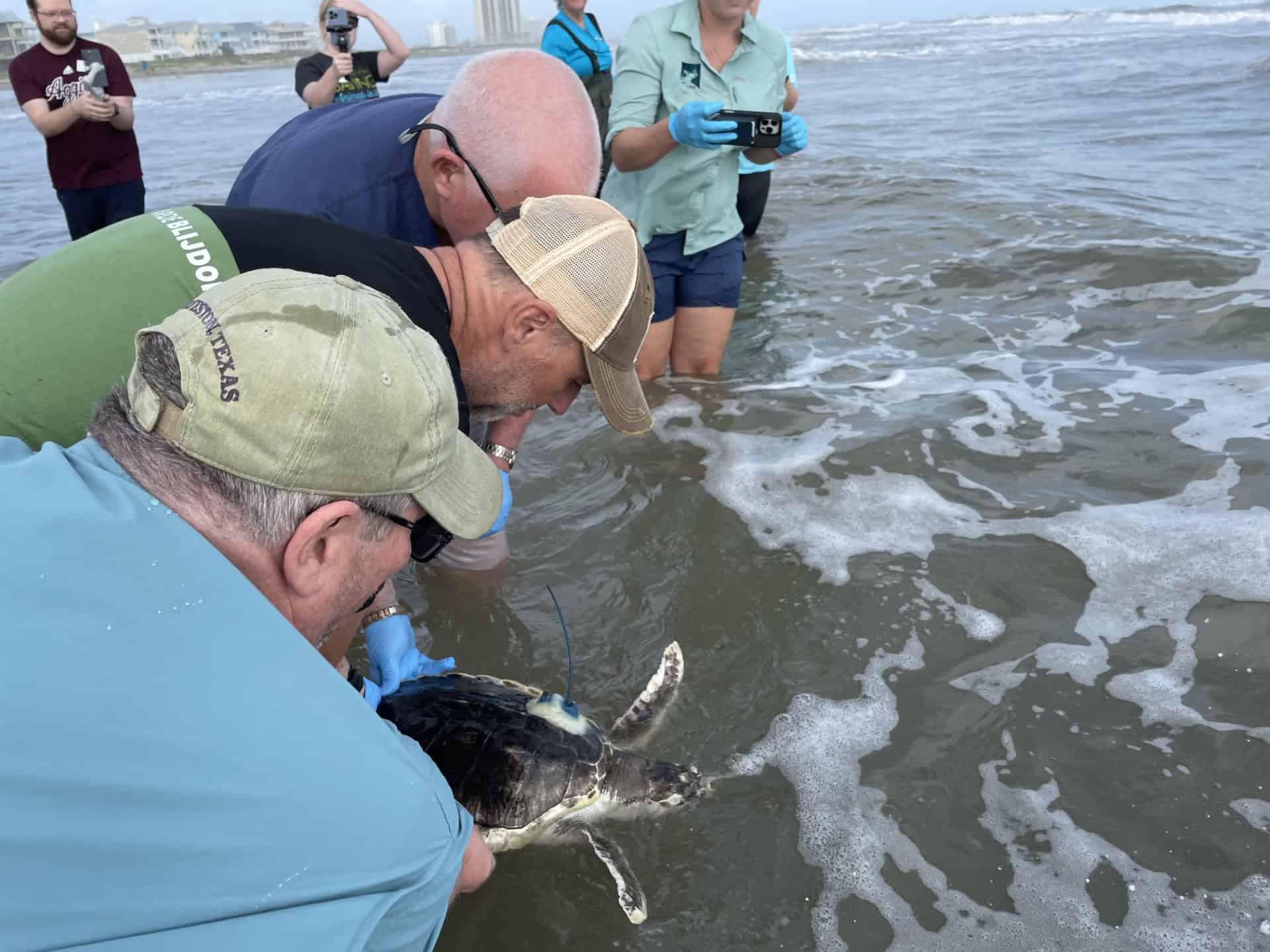Share this article
In icy regions, researchers find polar opposite in predators
Take a cruise from the equator to the poles and you might notice some important changes in marine ecosystem. Species diversity is greater in the tropics, and it dwindles as the climate becomes colder.
But biologist John Grady realized something else was happening, too. Marine mammals and birds actually become more common relative to large fish and sharks closer to the poles.
Compared to cold-blooded predators, “warm-blooded animals don’t have a temperate peak,” Grady said. “They have a polar peak. They get relatively more diverse as you get closer and closer to the poles.”
In the topics, top marine predators tend to be cold-blooded species, like sharks. Move to the poles and they tend to be warm-blooded animals, like whales, dolphins, seals and birds. A postdoctoral researcher at Michigan State University, Grady wondered why.
What he found, he believes, could have important conservation impacts for polar predators.
“In some sense, it’s a very simple idea,” said Grady, lead author of a paper on this phenomenon published in Science. Put simply: it pays to be warm-blooded in a cold climate.
“It gets easier and easier to eat and not get eaten as you move toward the poles,” Grady said.
Cold-blooded prey species tend to move more sluggishly in cold climates, making it easier for predators, whether they’re seals, dolphins, penguins or puffins, to catch slower-moving fish. Cold-blooded predators like sharks are easier to avoid, too.
Grady and his team built a predictive framework from the individual level to the ecosystem scale to predict the occurrence of cold-blooded and warm-blooded marine species. They complied a distributional database of 998 top marine predators, including whales, seals, sharks, seabirds, reptiles and fishes.
The results were sometimes dramatic. For every 1 degree increase in water temperature, they found, seals experienced a 24 percent decline.
“That’s a big number,” Grady said, “and it highlights the impact of global warming in the ocean for a lot of these populations.”
In one case, he said, harp seal (Pagophilus groenlandicus)numbers were falling, even though their primary prey fish, capelin (Mallotus villosus)were increasing amid a surge of water temperature. The reason, he said, was that fish were getting harder to catch and Atlantic cod (Gadus morhua)— a cold-blooded predator —were also on the rise and beating the seals to the capelin.
“Our model would say, it’s not just about how much food you have but how easy it is to get the food,” Grady said. “As water temperatures increase, the fish speed up and they’re harder to catch. That has impacts for a lot of warm-blooded animals.”
Follow that up the trophic ladder, and impacts to seal populations will affect the polar bears (Ursus maritimus) that rely on them for food, Grady said.
“Anything that feeds on these mammals is also impacted by their decline,” he said.
Now, Grady hopes to take his research to land to see how dynamics there shift across latitudes between cold-blooded and warm-blooded predators.
Header Image: Harp seals declined despite an increase in their prey. ©Virginia State Parks








